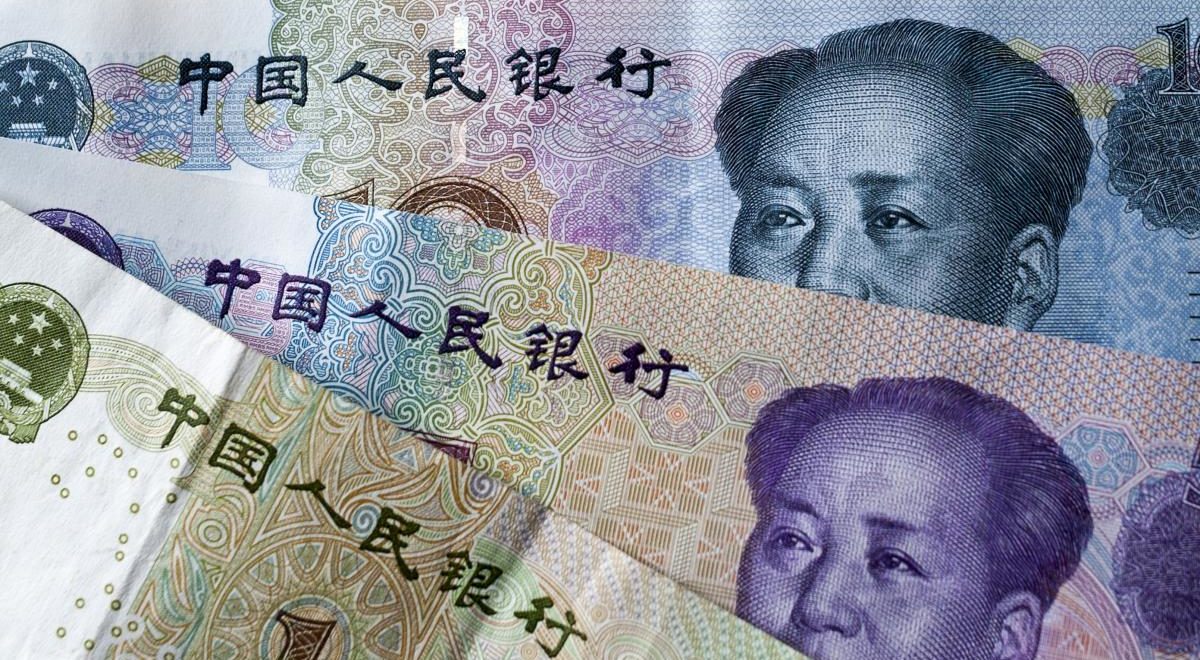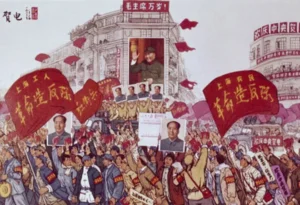The Regulatory Crackdown: Xi’s Reforms Miss the Mark
The prospect of China’s superstar real estate giant, Evergrande Group, defaulting on an offshore coupon payment of $84 million sent panic waves across the global investing community.

Photo credit: Paul Langrock / Zenit / Laif / Redux, https://www.foreignaffairs.com/articles/china/2021-06-22/chinas-economic-reckoning
The prospect of China’s superstar real estate giant, Evergrande Group, defaulting on an offshore coupon payment of $84 million sent panic waves across the global investing community. The company failed to meet its payment deadline on September 23, and is now in its month-long grace period. Evergrande has a staggering debt of over $300 billion and the possibility of a default might trigger a devastating chain reaction in Chinese and global financial markets.
However, for most Chinese politics and economics observers, their growing unease comes from the fact that Evergrande’s financial troubles are far from an isolated event. Over the past year, the Chinese government has unleashed a breathtakingly-wide crackdown on its technology companies and a plethora of other significant business groups. As with most things Chinese these days, the move is being carried out under the leadership of President and Party Secretary Xi Jinping and is being dubbed the “Red New Deal.”
The good people at Sup China have a relatively exhaustive list of companies that have come under the wrath of the Chinese regulators. To summarize, the regulatory wildfire started with blocking Jack Ma’s Ant Group IPO last November. It soon unleashed anti-monopoly regulations against giants like Alibaba, Tencent, Meituan, Baidu, and others. Over the past couple of months, the crackdown widened to target education and private tutoring companies, video game developers, ride-sharing apps, high-income individuals, and even celebrity and fandom culture.
Now, most people interested in China are trying to find answers to two overarching questions. First, what is Beijing trying to achieve? Second, why now?
Now, most people interested in China are trying to find answers to two overarching questions. First, what is Beijing trying to achieve? Second, why now? What I propose is that none of these questions matter, but we will answer them regardless. At the moment, Xi seems to be indulging in political signaling via these specious reforms, but he continues to sidestep the fundamental structural reforms the Chinese economy needs. Most of what’s happening in China right now is quite political, and I say most – not all. There are some genuine regulatory goals, such as curbing the power of tech monopolies, that the party wants to achieve. Nevertheless, the aforementioned questions are rendered meaningless, primarily because regardless of all this crackdown hullabaloo, Beijing is still not carrying out the necessary economic reforms that the country so desperately needs.
Most of these regulatory crackdowns can be seen through a two-fold approach of reasoning. First, they concern China’s domestic economy. Over the past few decades, China’s growth model has generated a large number of inequities within the domestic economy. Thus, large companies and urban middle-classes have emerged as the winners, leaving behind the bulk of the population and smaller companies in the interiors of the country. Additionally, China has also witnessed a ballooning of debt across the board, especially post the 2008 financial crisis, when government expenditure rose multi-fold to keep up economic growth. Second, to counter these inequities and growing debt, Xi has proposed the idea of “common prosperity,” which aims to rectify these excesses and create more equitable growth for all Chinese citizens.
As Jude Blanchette, Freeman Chair at the Center for Strategic and International Studies (CSIS), argues, Xi’s slogan of common prosperity is first and foremost a political objective that allows Xi to reinstate his popularity across the Chinese hinterland. And there is no better time to do this than in the lead-up to the Communist Party Congress in Fall 2022. As my research has shown, Xi’s political concentration of power is unparalleled in the post-Deng Xiaoping era. But as Xi embarks on his third term as the party general secretary, he perhaps wants to leave no stone unturned. And there is no greater signaling of his sincere intent towards reforming the economy than targeting the rich and powerful.
However, it is hard to see these moves as anything more than brute politics, primarily because Xi has to date shied away from successfully carrying out the kind of economic reforms that China needs to transition from its export-oriented developmental model to a more consumption-based model. At the heart of this model is China’s repressive banking-financial system: the interest rates on consumer deposits are kept extremely low, and in turn, these deposits are used to provide cheap credit to Chinese exporting, real estate, infrastructure companies, and more generally, the politically-connected firms. Though this mechanism of “cheap-credit-as-input” generates economic growth, it leaves the average consumer worse-off and ensures that China’s aggregate consumption stays low.
Since Xi took over in 2012, China has continued to deliver growth, but that growth has consistently become more and more expensive.
Since Xi took over in 2012, China has continued to deliver growth, but that growth has consistently become more and more expensive. “Since Xi took control, total debt has risen from 225 percent of GDP to at least 276 percent. In 2012, it took six yuan of new credit to generate one yuan of growth; in 2020, it took almost ten. GDP growth slowed from around 9.6 percent in the pre-Xi years to below six percent in the months before the pandemic began,” writes Daniel Rosen of Rhodium Group in Foreign Affairs. The country’s productivity growth, which accounted for most of its growth during the 1990s, has become increasingly insignificant. As Rosen contends, China has been losing its economic dynamism.
This doesn’t mean that Xi isn’t acutely aware of the reforms that the Chinese economy so desperately needs. In this regard, the agenda at the third plenum of 2013 was instructive. Here, Xi made all the right noises about the kind of economic reforms China needs. And since then, Xi and his government have tried to undertake a series of significant reforms – from tax reforms to opening up the country’s capital account to full-liberalization of interest rates on bank deposits.
However, each of these reforms has followed a similar pattern. The execution of the reform would create an immediate short-term crisis. Subsequently, the party would develop cold-feet and go back to the status quo. It is hard to miss the fact that behind this pattern is the party’s fear that its legitimacy in the modern era is directly linked to economic growth. The trade-off between short-term chaos for long-term stability is a more frightening prospect in Beijing than it might seem from other corners of the world.
Srijan Shukla is pursuing a Master’s in International Relations at New York University. He studied Political Science and Economics at McGill University. He subsequently worked as a foreign affairs reporter for ThePrint.





Nicely composed